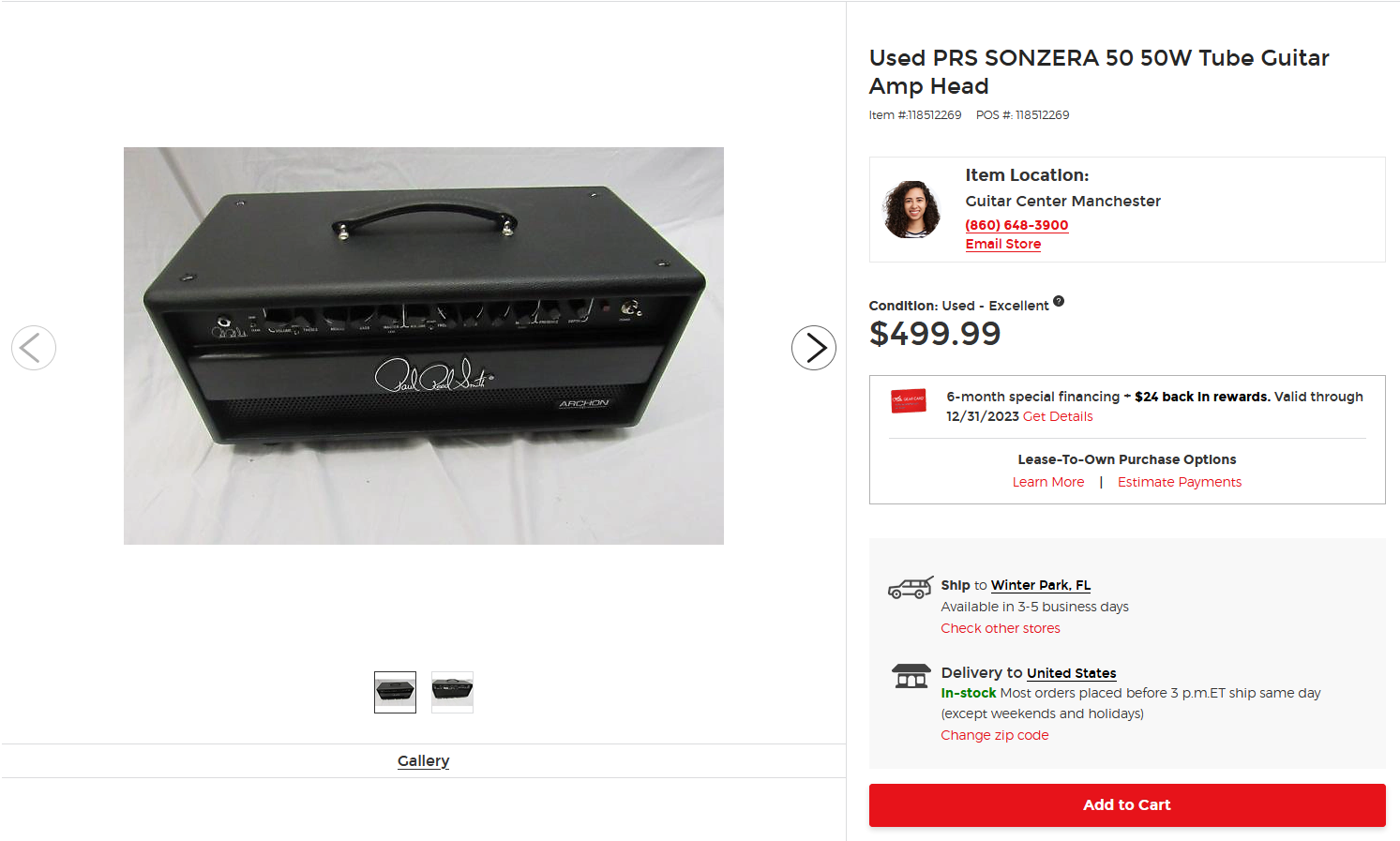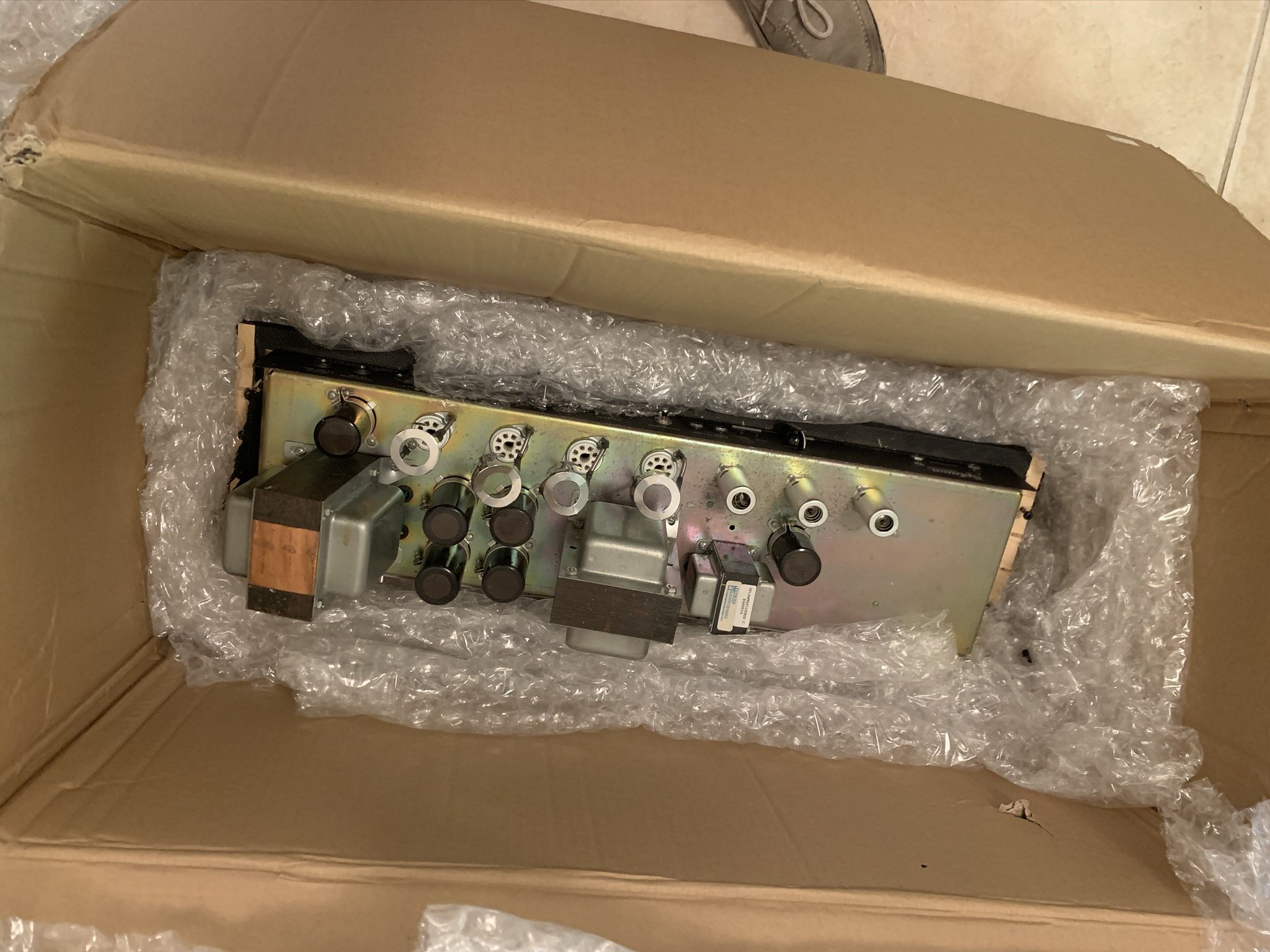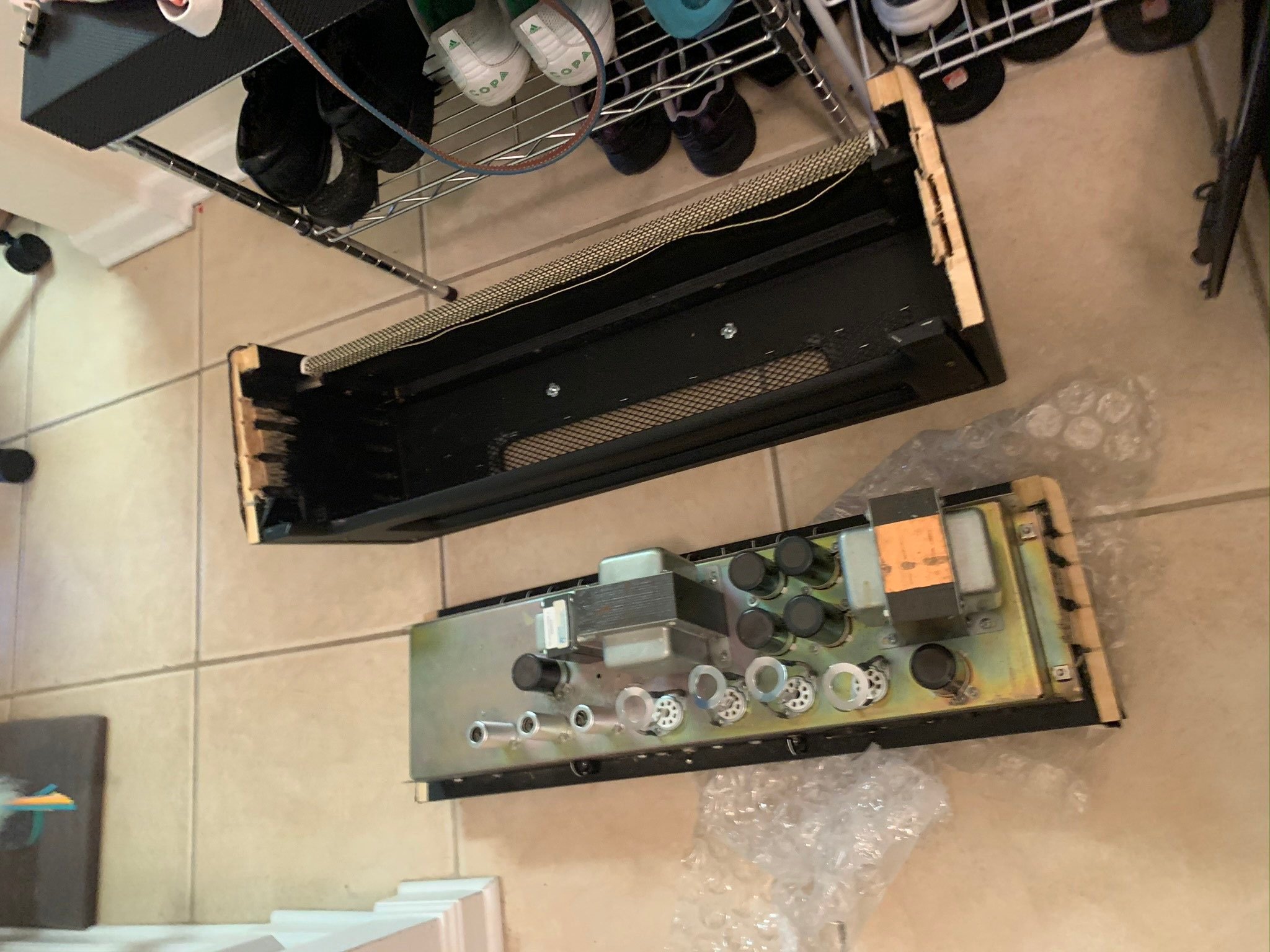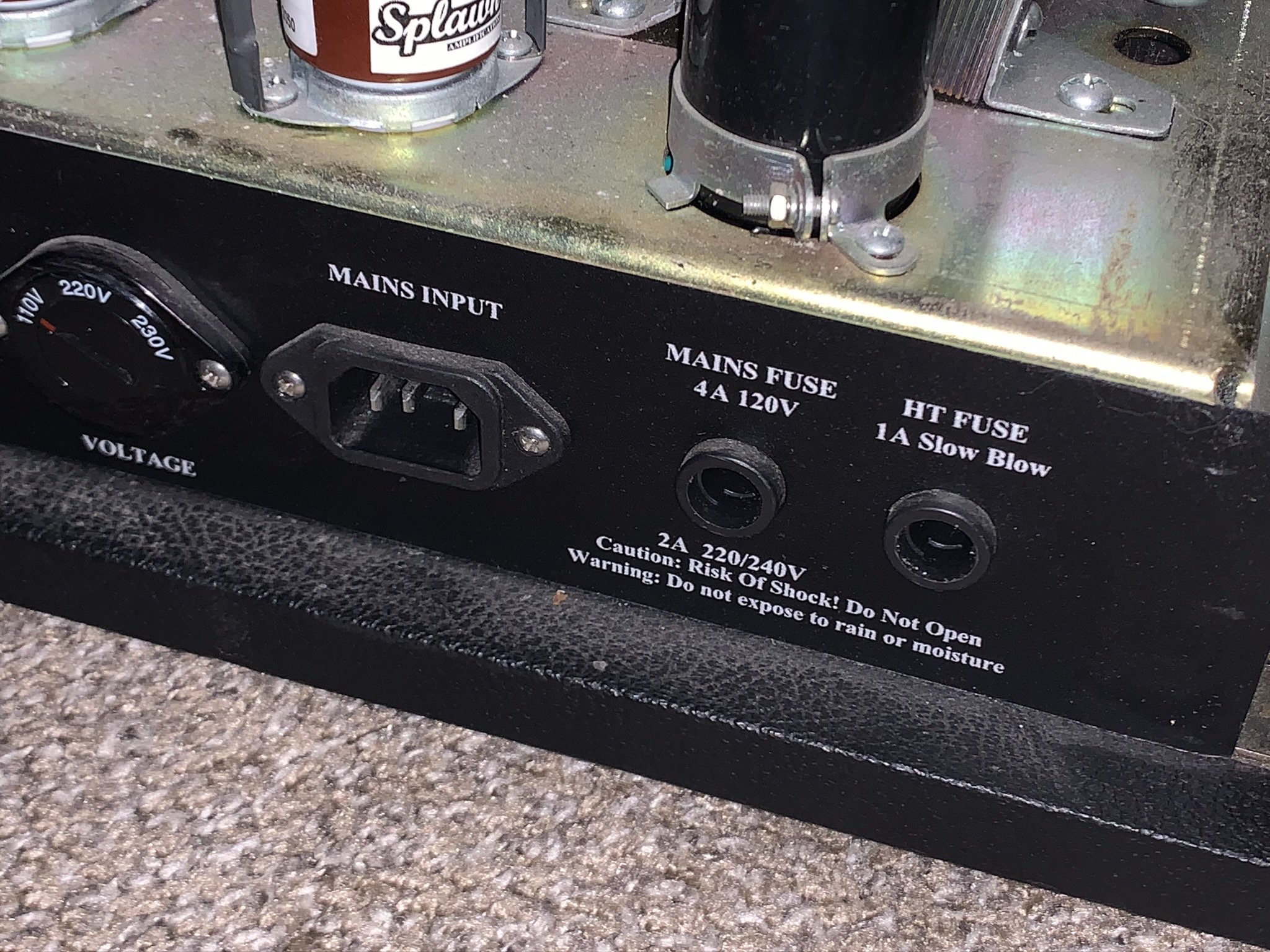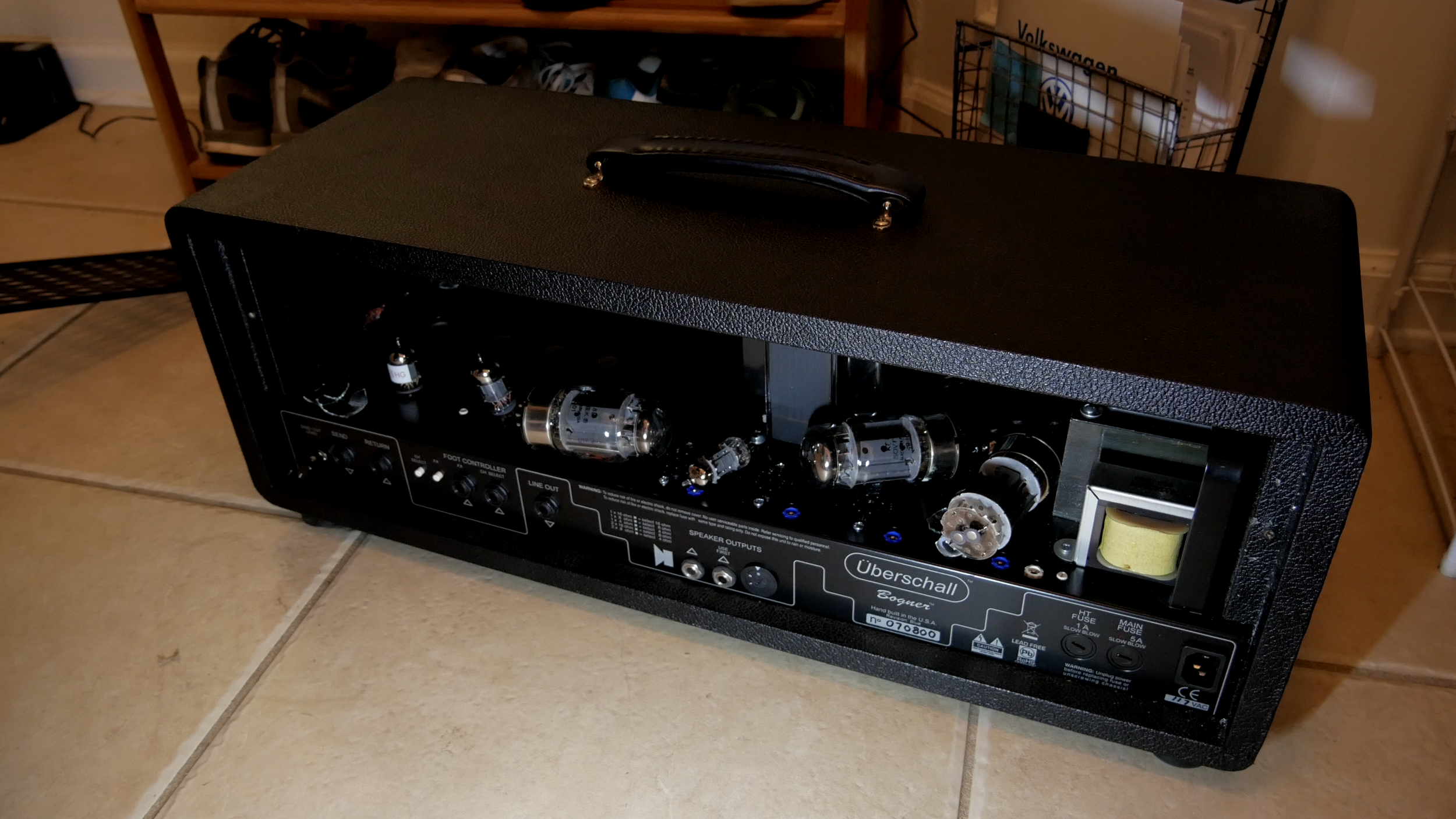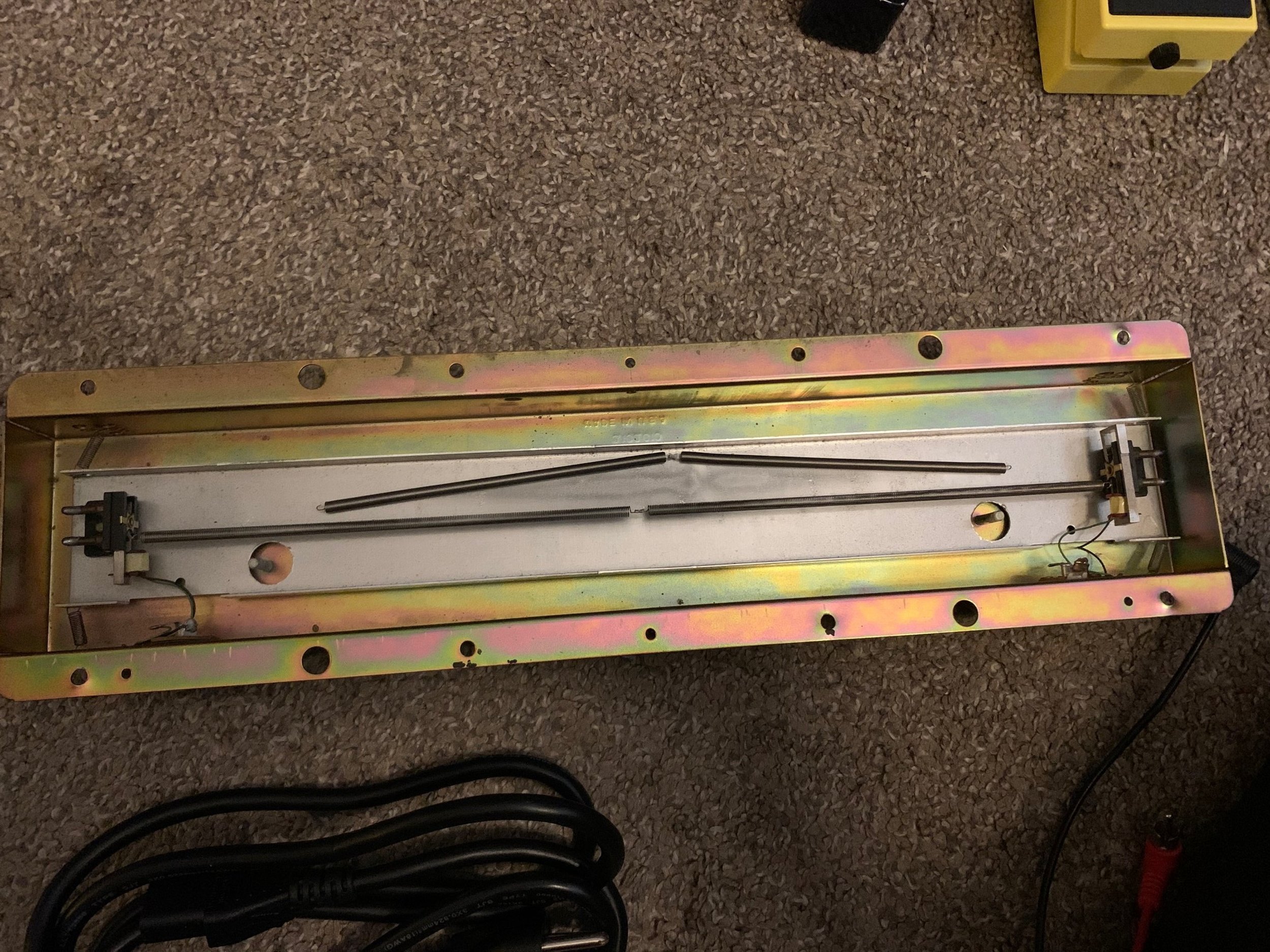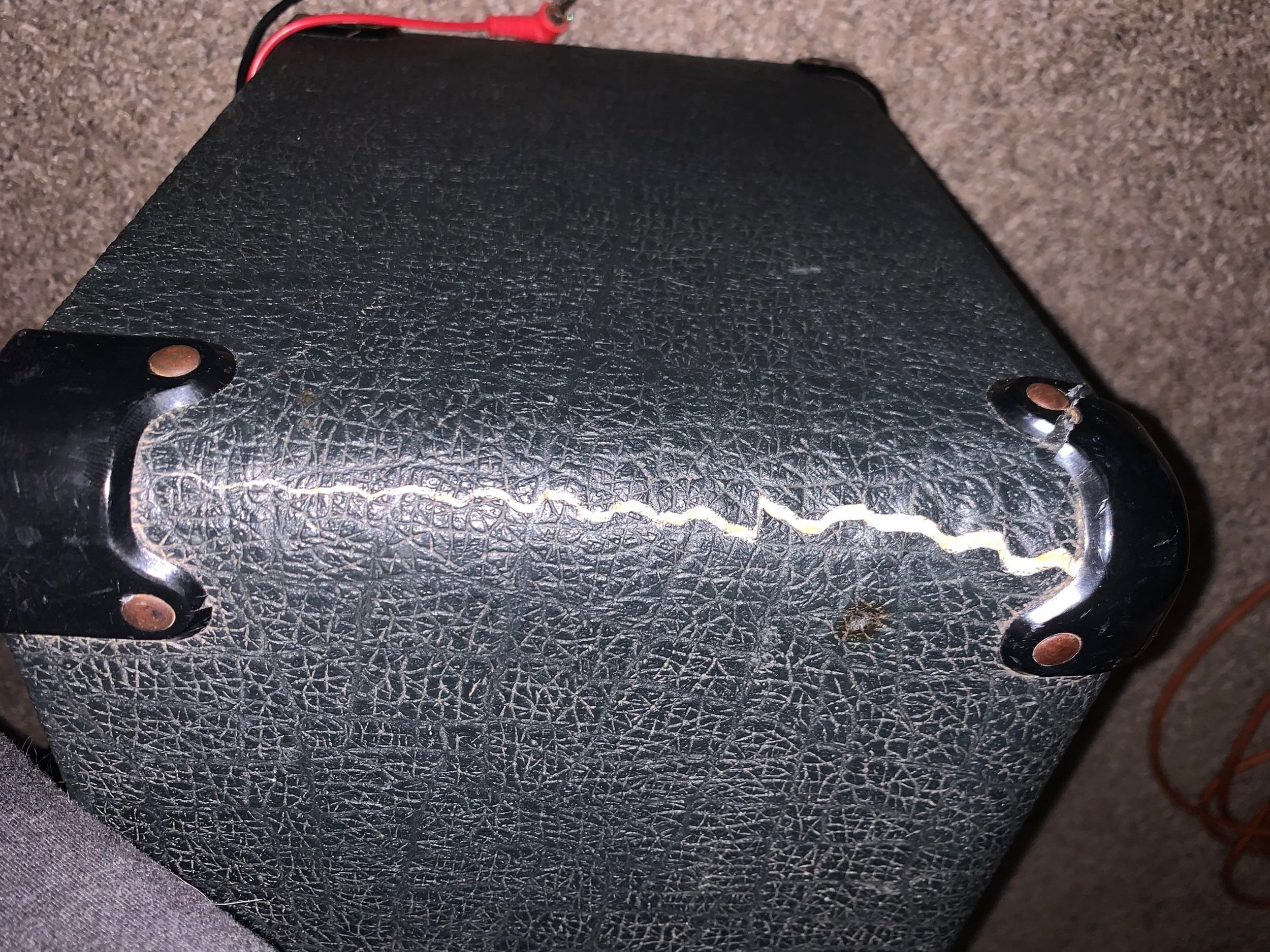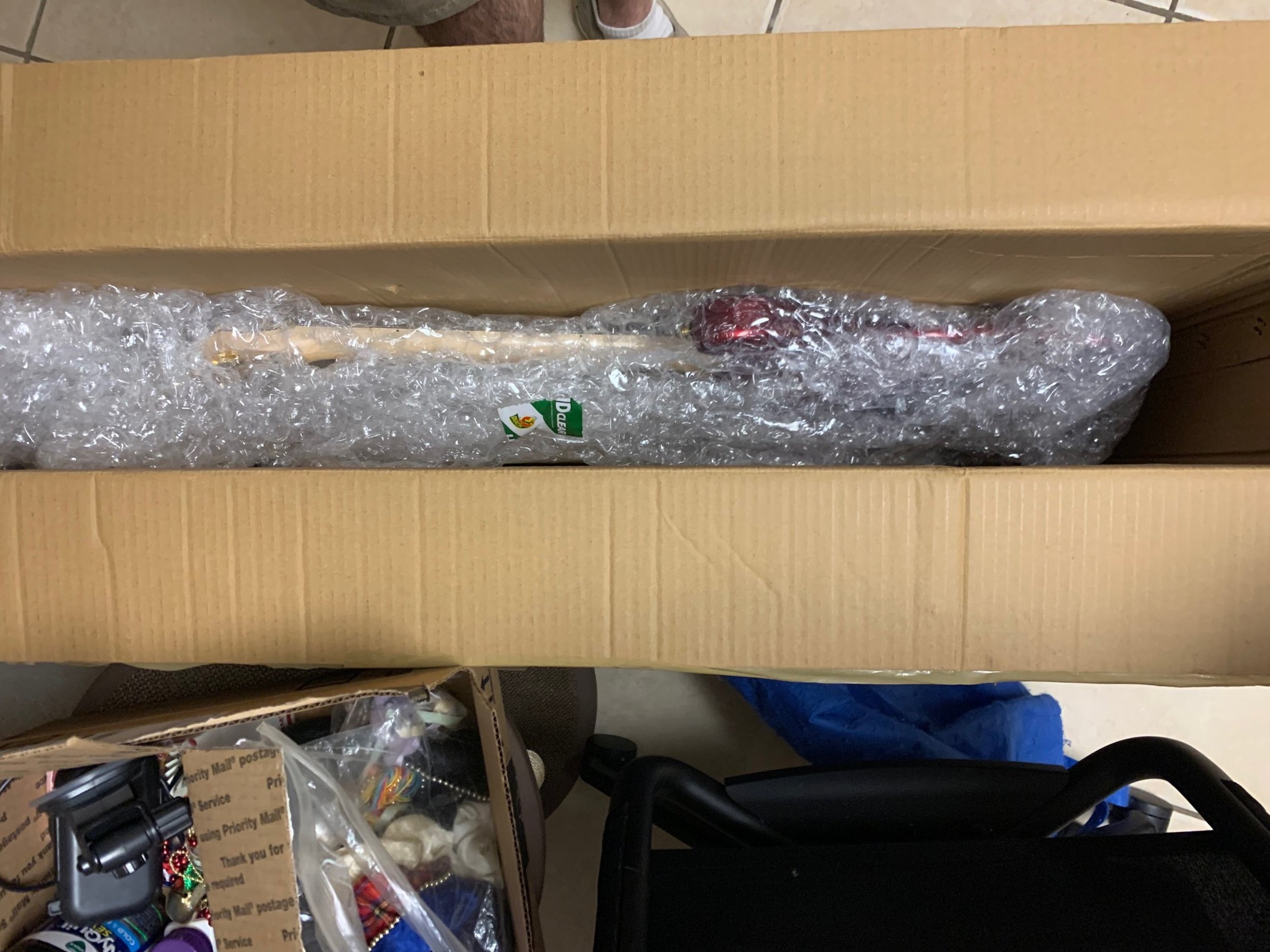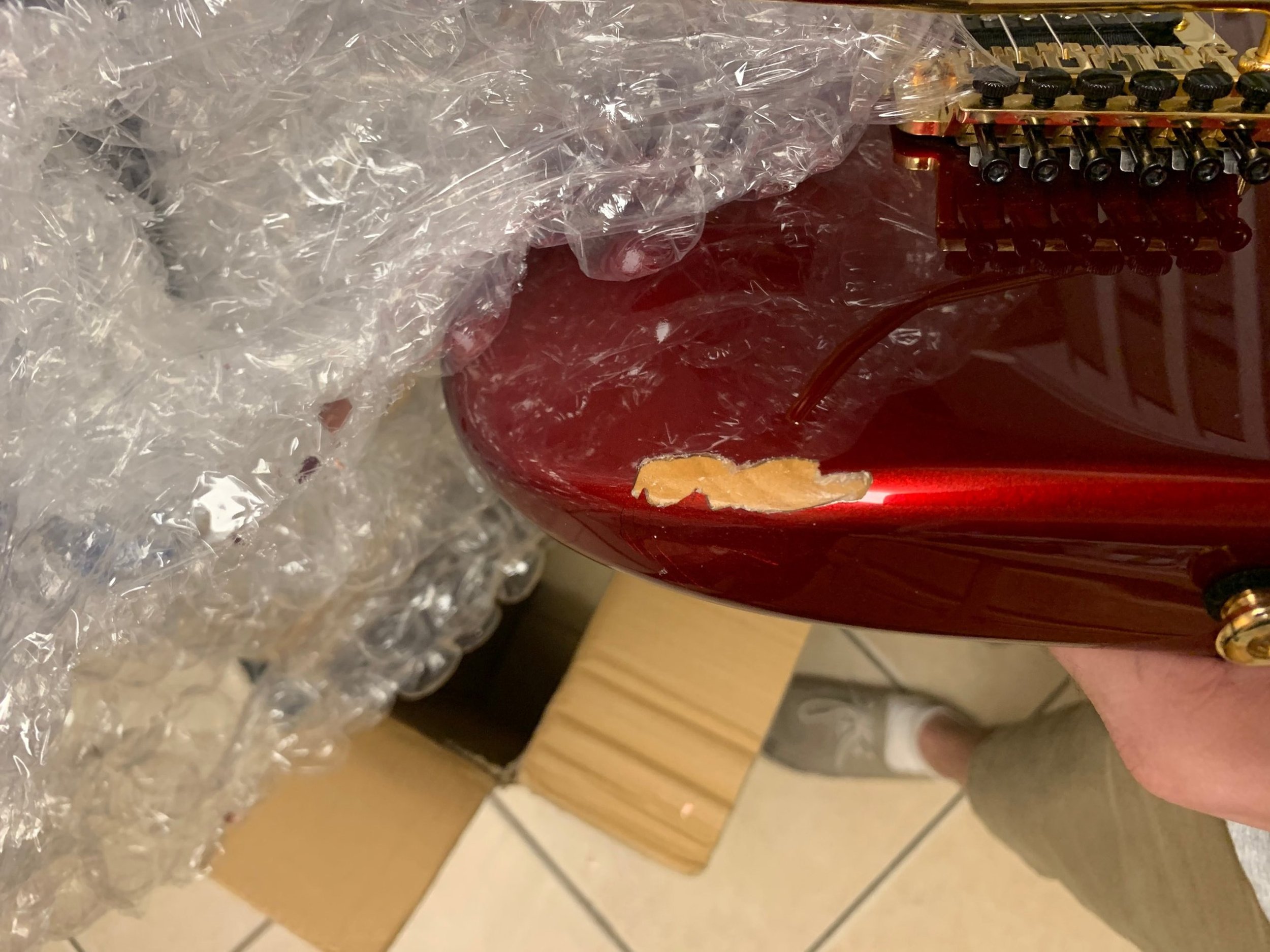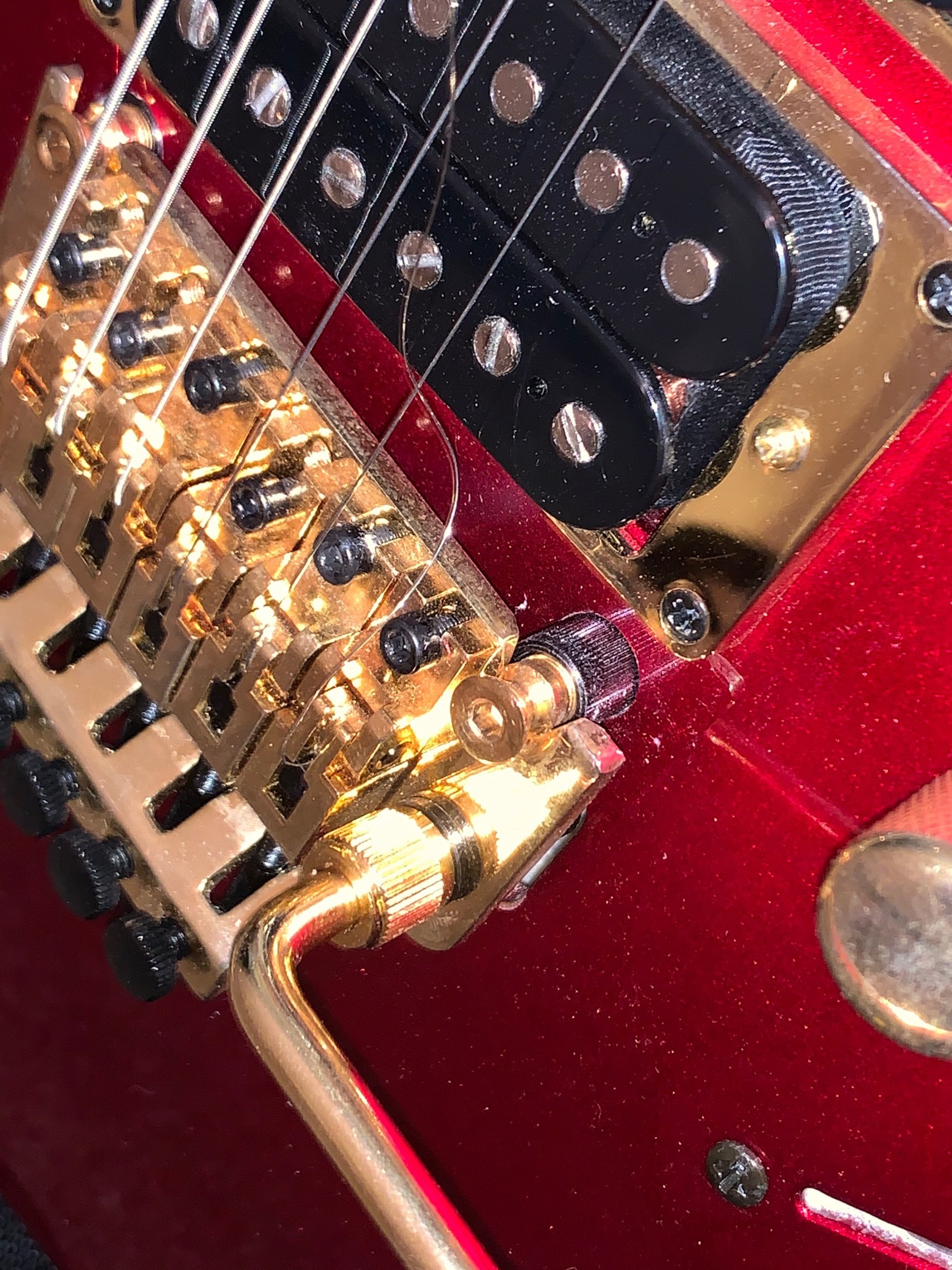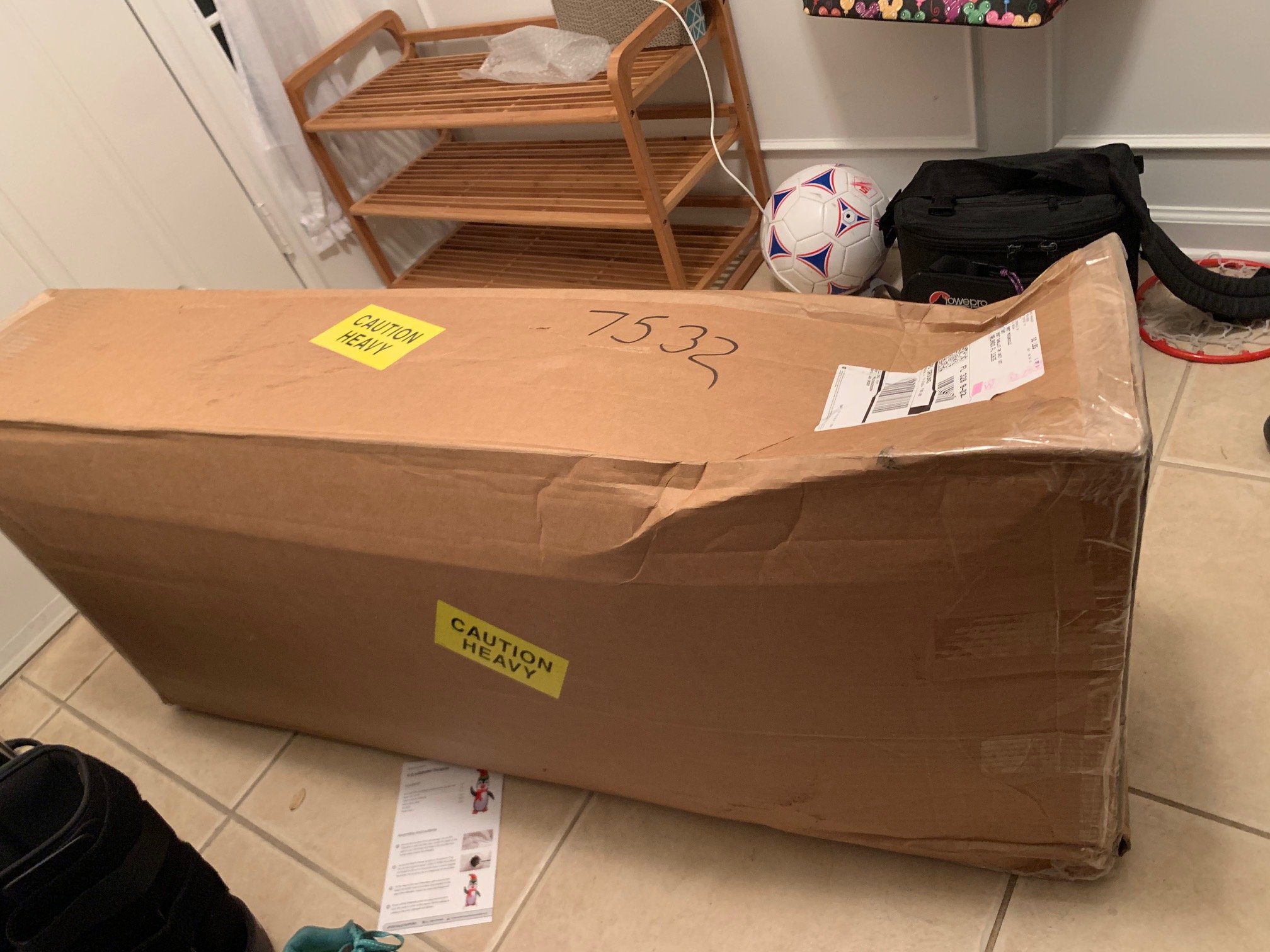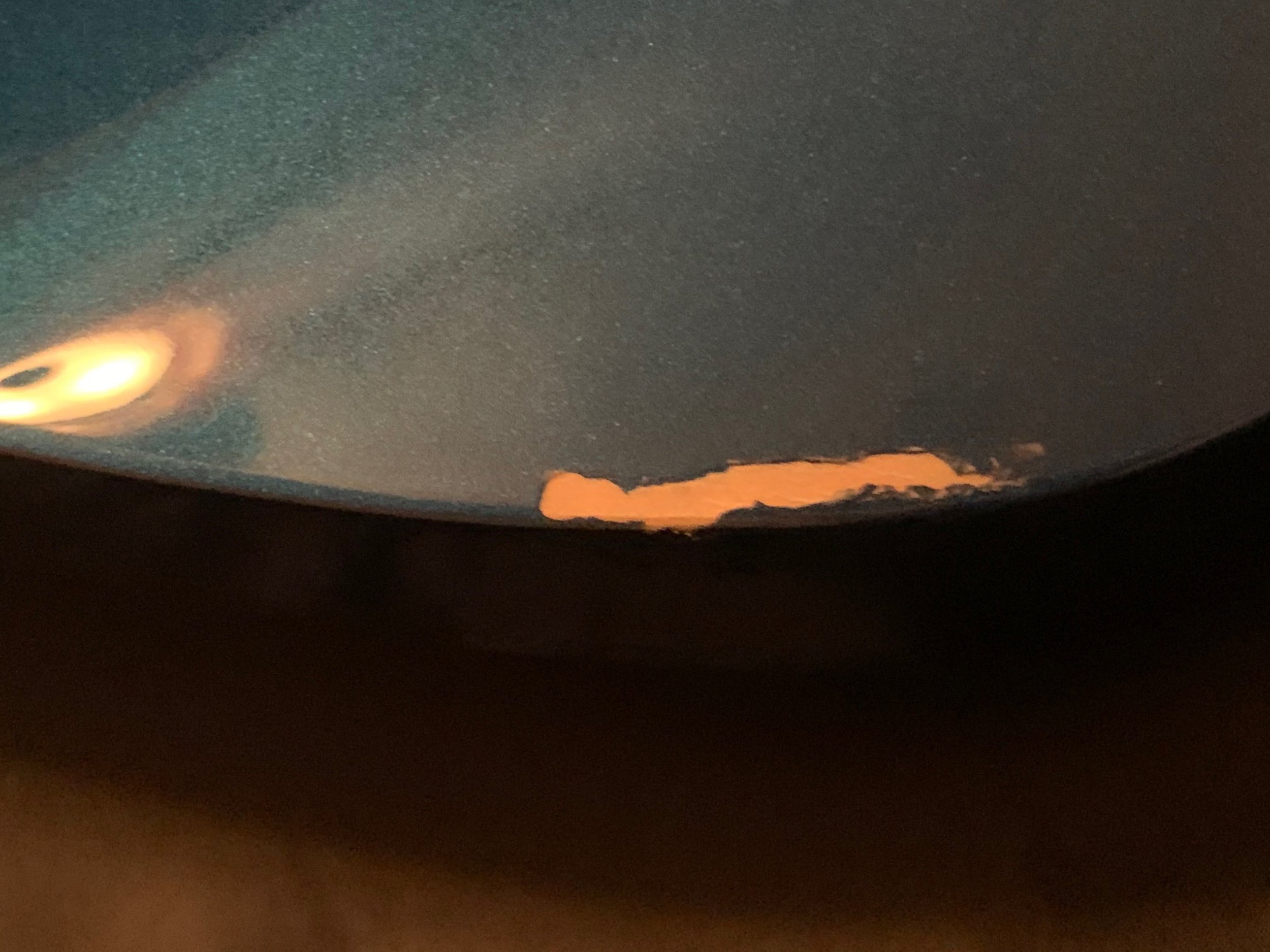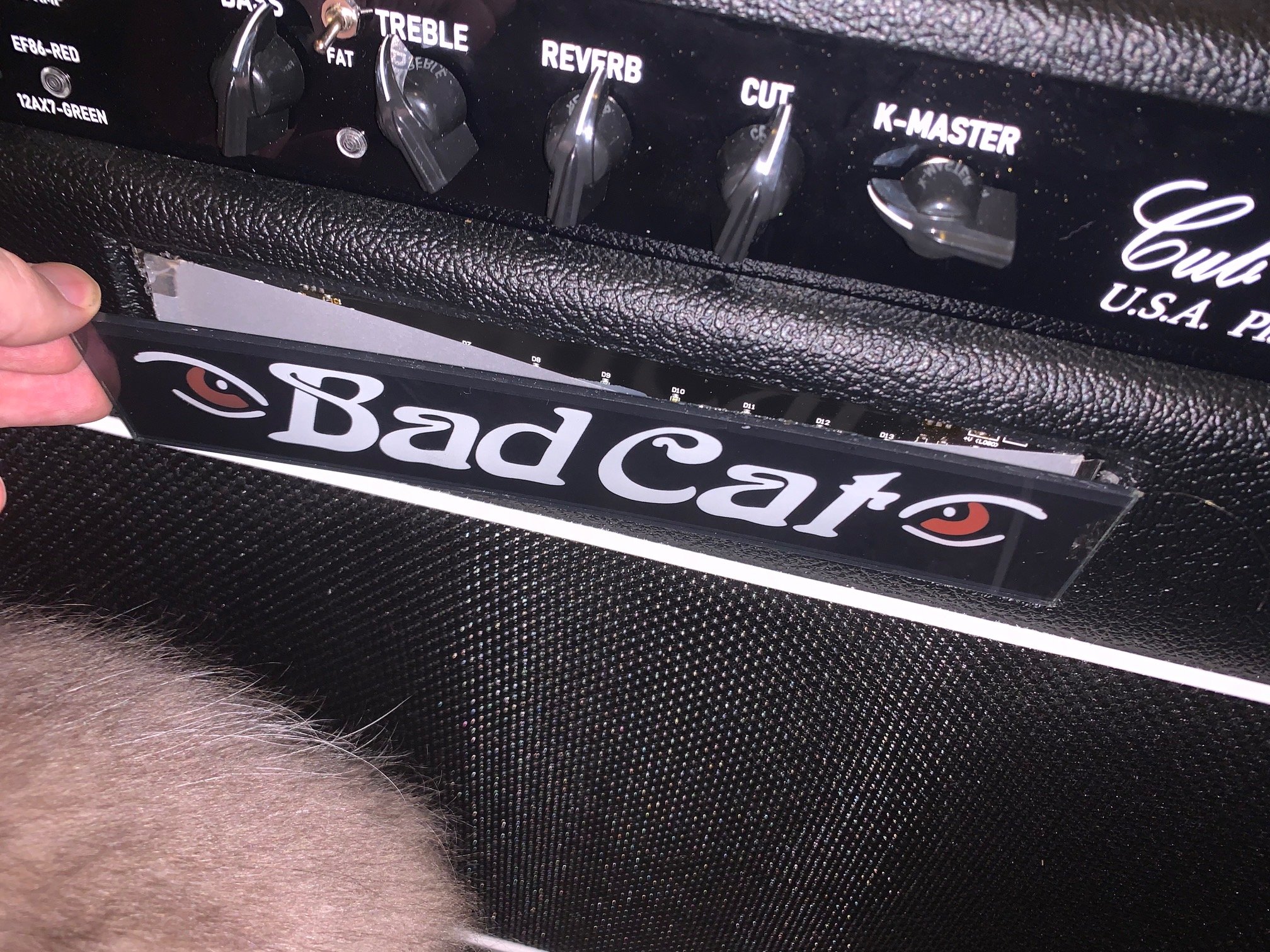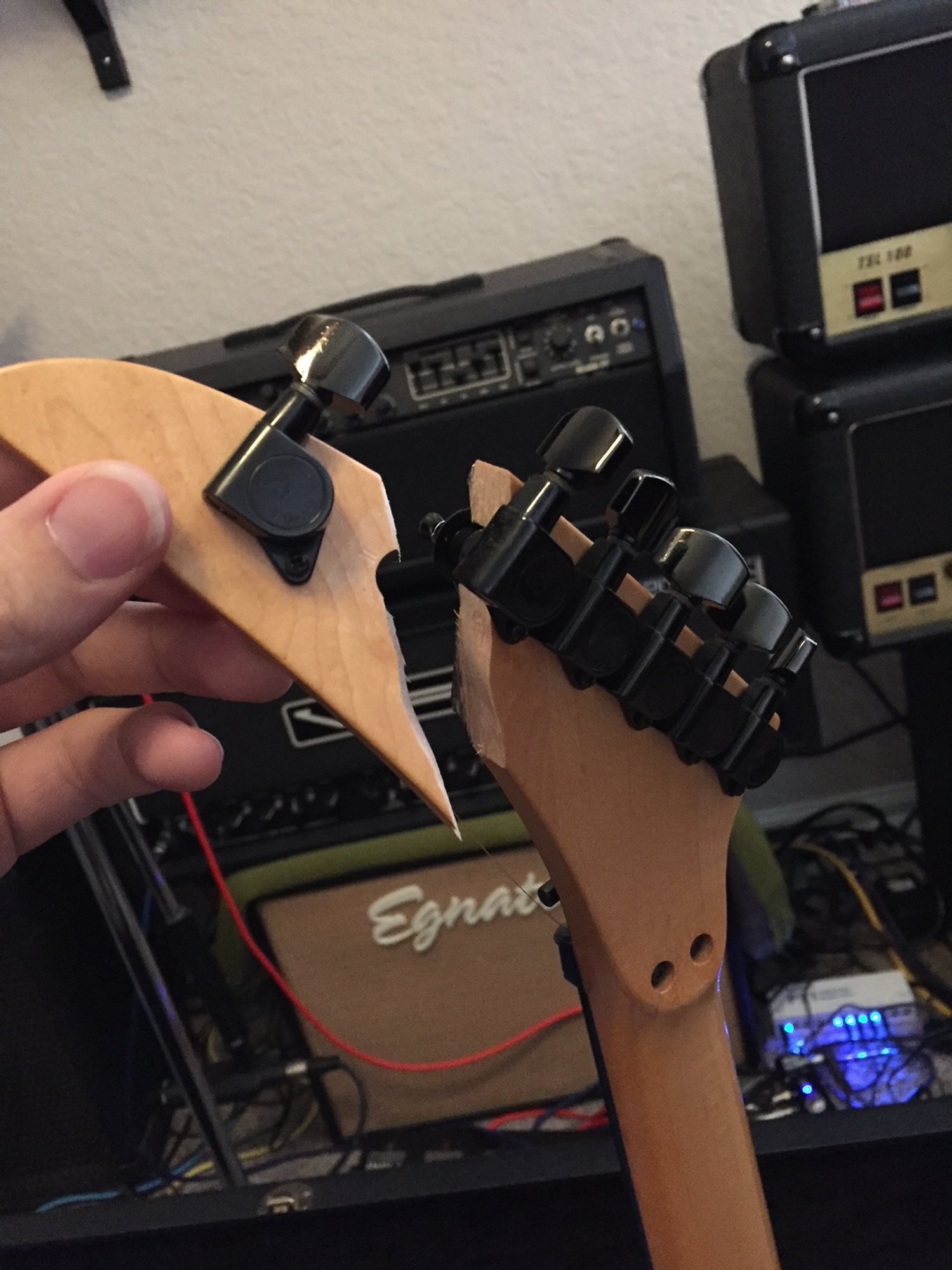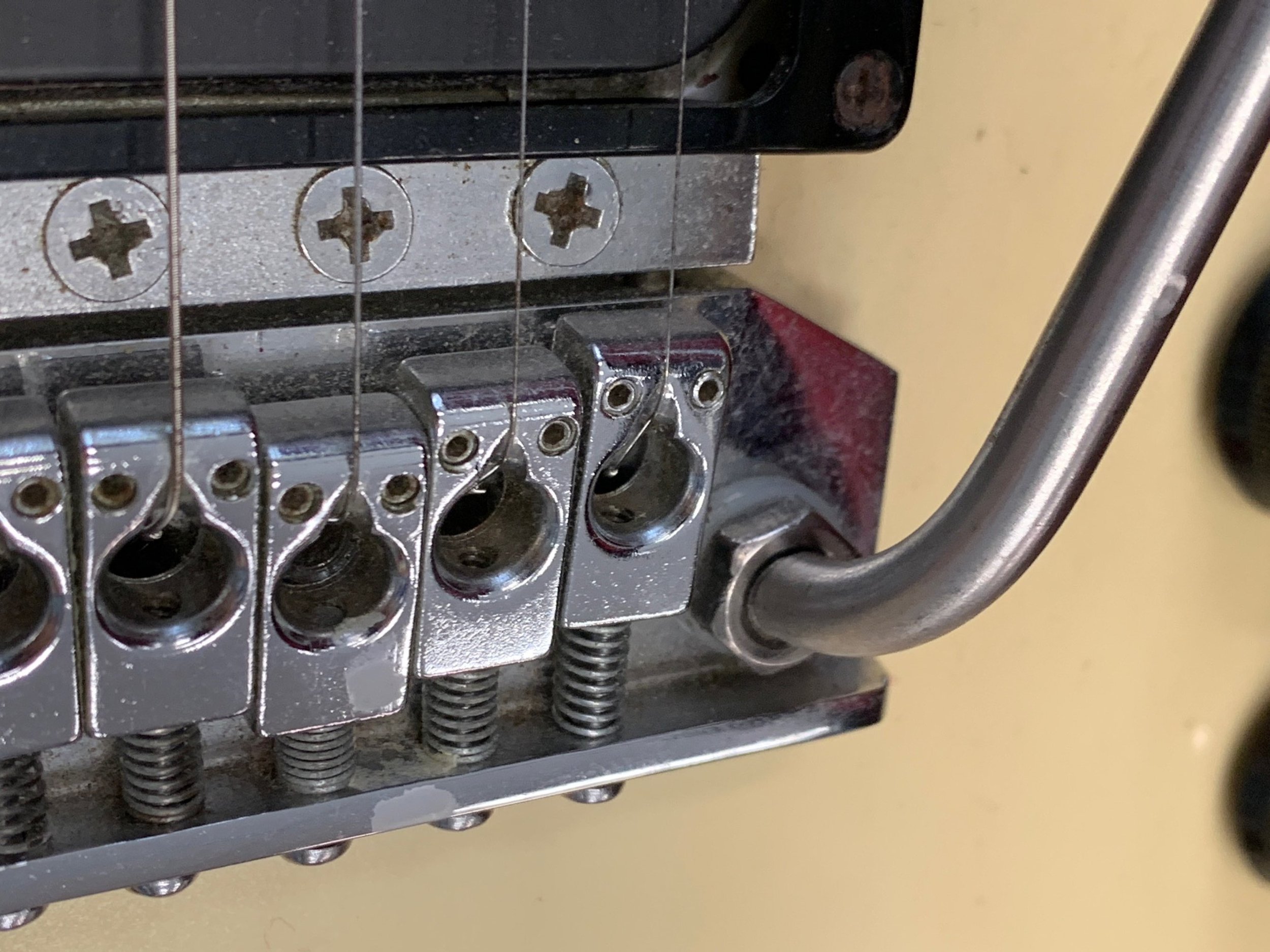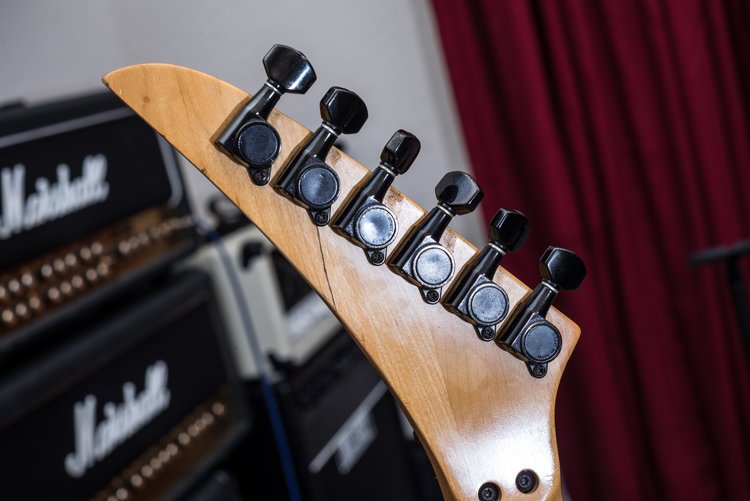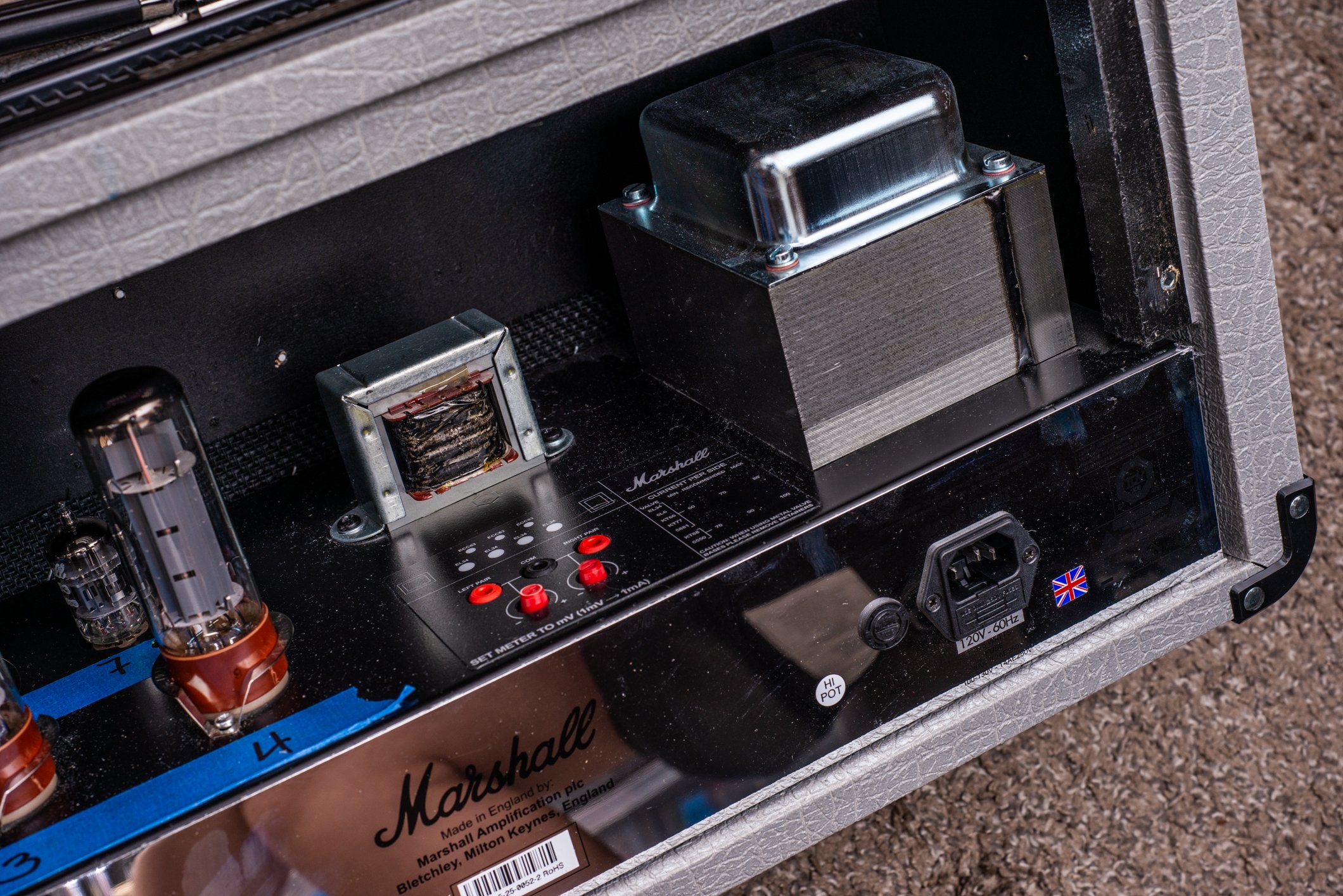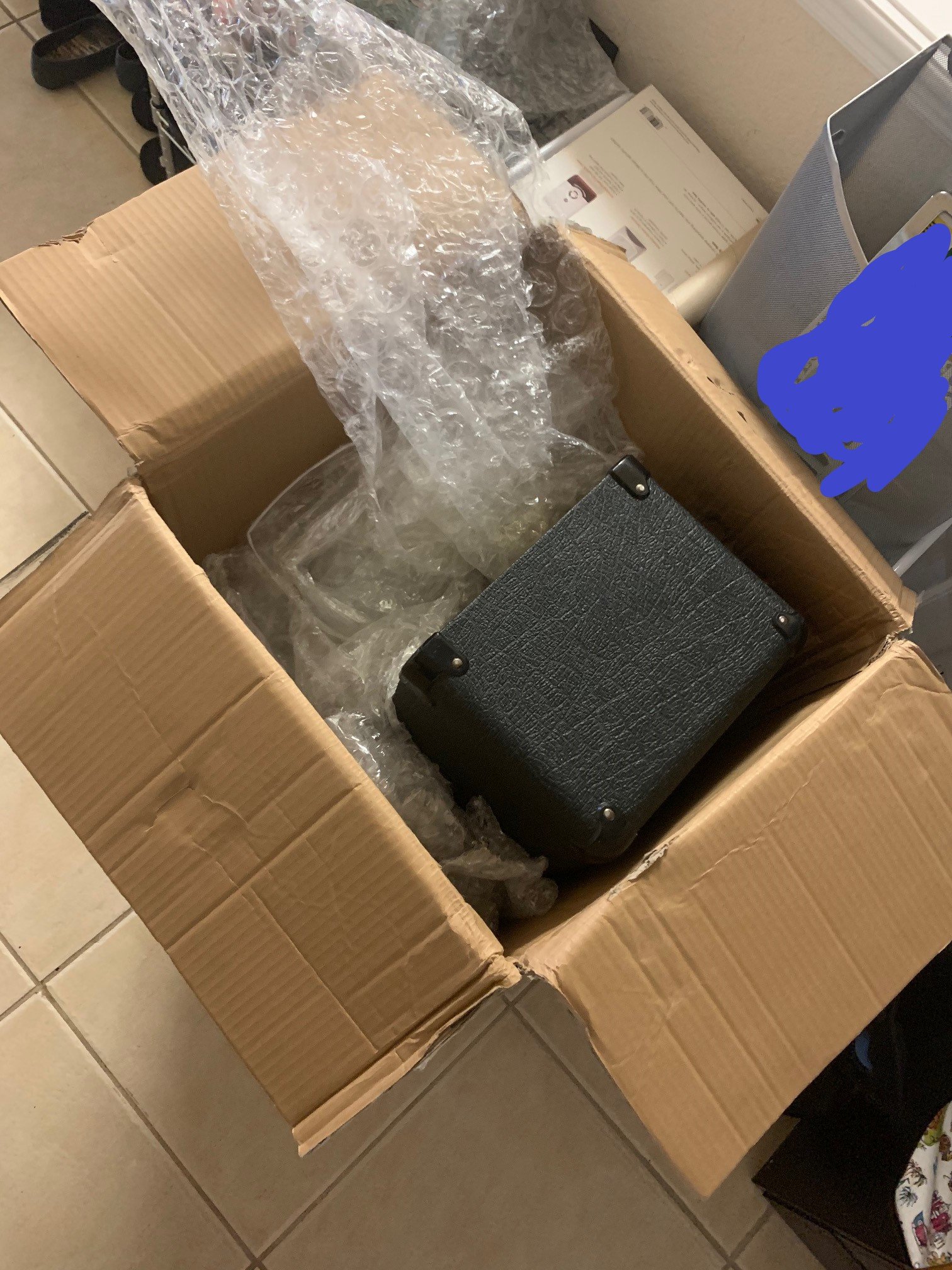Well - it’s finally here. I have been hunting this amp for a long time and finally got my hands on it. I’m sure that statement sounds a bit hollow as I’m hunting lots of amps at any given time, but it’s very rare that I “splurge” on something - as in - pay the actual market value instead of waiting for exactly the right deal. This Sig:X popped up and the price was right at the market and I didn’t even think about it - instantly purchased.
I was a bit worried I’d be disappointed, I played one of these once over a decade ago before I really knew much about tone and remember liking it but that’s just not the same as having one now. I’m pleased to report though, that my expectations are absolutely met. This is an incredible amp that is a blast to play through, and it has some of the best sounds I’ve heard in it, plus it’s high customizable. The only major downfall I’m having right now is that it didn’t come with the footswitch, and I can’t find one - not a used one, not from the offical Fryette store, no response from Fryette support about it, and there’s not even an aftermarket option. That’s a real shame, I don’t gig but this is an amp that deserves to be heard, and not being able to have the option to take it out really sucks - but I’ll keep looking for that footswitch.
This amp has 3 channels, a clean, rhythm, and lead. It’s powered by a pair of KT88 power tubes which have a very immediate, punchy response. All three channels have separate EQ’s, as well as some switchable options. Each has a 100w/40w switch (not a hugely noticeable drop in volume, but 40w engages a tube rectifier), as well as an EQ switch (fat/open on clean, wood/scoop on rhythm/lead channels), a 3-way mode switch, and a boost switch. The boost on the clean channel is fixed, but the rhythm and lead channels both have a Gain II control, which is only engaged when the boost is engaged, so this allows either an alternate gain tone to be configured, or as a lead boost, or left on permanently as part of the tone - very cool. This boost can of course be activated via footswitch, so especially on the dirt channels is offers a lot of flexibility. On top of that, both rhythm and lead channels have a more/less gain switch, which unsurprisingly has a huge effect on the tones. I find the vintage mode of Rhythm with the “more” switch on to be an especially good tone, even better with the boost engaged for more saturation. The lead and rhythm channels do share a presence and depth control, while the clean channel has separate controls for that too, which is quite useful. The 3-way voicing switches are not drastic tonal changes, there is a slight increase in gain with each one going upwards, and a very minor change in stiffness and bass tightness as you select the more modern settings (like Blow and Burn), but it’s still overall the same type of tone on those channels.
I really hate when players compare an amp to the Mesa Mark’s, because those amps have such a different EQ structure from just about anything else that I don’t think anything sounds like them. That said, this amp’s lead channel, with scoop EQ and the more gain + boost on, and the right EQ settings, can sound very close to that high gain Mark type tone - really cool. Switch down to vintage mode on Rhythm, with the wood EQ and different combinations of boost/more-less/EQ controls, and it’s anything from a classic rock Marshall up to 80s hair Marshall type tones. It does these tones with a bright character extremely well - I might choose something else for darker, smoother tones (like a Pittbull) but I would be hard pressed to pick a better amp than this for those kinds of cutting rock and metal tones. This amp certainly deserves its reputation and will be staying with me for a very long time.



